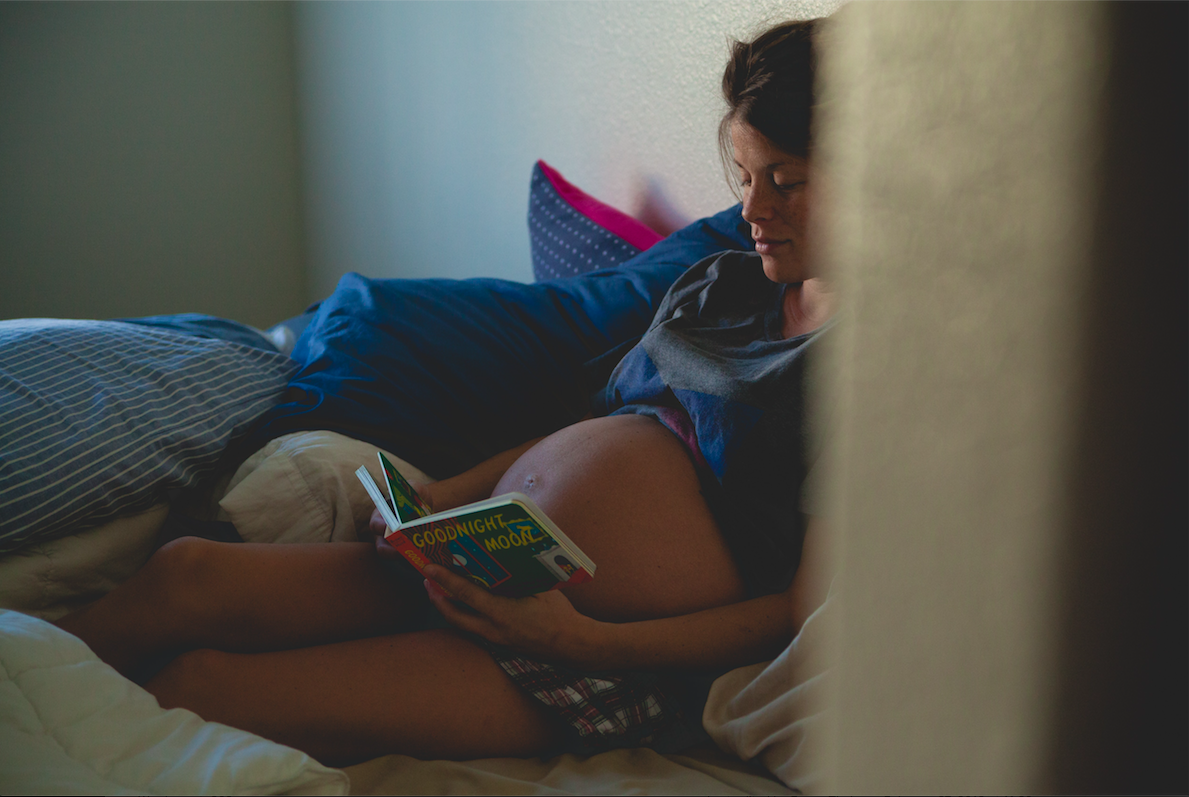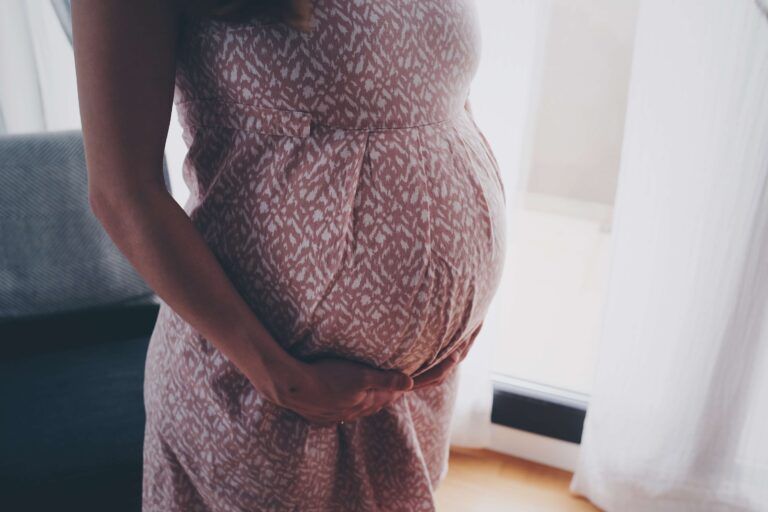At The Yinova Center, we have a reputation for being able to help to turn breech babies. So much so that many midwives and OB’s send their patients to us when they find out that the baby is breech. A breech baby is one whose head is upwards so that she is likely to come out feet first. There are a few different types of breech presentation.
Complete breech — baby sitting on heels
Footling breech — feet first
Frank breech — bottom first, with feet up by head
Breech presentations affect 4% of pregnancies but most of the time the baby turns by the 36th week. If the baby continues to be breech, however, most OB’s advise a C-section so it’s worth trying to get the baby to turn if you can.
So what is our secret? We use a well-known acupuncture and moxibustion protocol which involves warming a point on the small toe. I must admit that when I first learned about this in graduate school I was skeptical. It seemed improbable that burning an herb above someone’s toe could have any effect on their baby’s position. However, over the years I have seen it work over and over again. In fact, it is one of the most tested points in Chinese medicine and has a success rate of anywhere between 69% and 85% in successive clinical trials. You can read one here, and here and here.
We usually find that we have better results with this treatment before week 37 of their pregnancy because after that the baby can be too tightly wedged to move. We treat the patient by lying on them on their side and placing 3 or 4 small acupuncture needles at strategic points. We then use moxa which is made from an herb, mugwort, that is formed into a stick that looks like a cigar. We hold the smoldering end of the moxa stick above the acupuncture point UB67, close to the nail bed of the little toe. We ask you to continue to do this for 15 minutes twice a day and we give you moxa sticks to take home so that your partner can do this for you. The feeling is one of relaxing, gentle warmth and should not feel too hot or burn you.
The treatment seems to create a bit more space in the uterus which the baby can use to turn if they feel like it. During the treatment, patients tell us that their baby is moving a lot more than usual as they react to the sensation of having more space. If you feel the baby turn you should stop the treatment and ask your OB or midwife to check the baby’s position.
I like this treatment because it is gentle. If the baby does not turn there may well be a significant reason why not so we prefer that our patients don’t do the kind of manipulations that force the baby to turn. The beauty of the moxa treatment is that it only gives the baby more room and does not try and move the baby itself.
Other techniques that patients have tried and told us about are
- Pelvic tilts – Some patients have reported success by lying with their feet raised above their head and their pelvis tilted upwards. You can do this by using pillows to raise your hips 12″ above your shoulders. The idea is that gravity pushes the baby’s head into the top of your abdomen where it curls and then when you stand up the baby can do a somersault into the correct position. You should do this three times a day for about 15 minutes and can combine it with the moxa if you like.
- The homeopath we refer our patients to gives them the homeopathic remedy Pulsatilla, which is supposed to encourage breech babies to turn. The dosage is 30c three times a day for three days.
- Some of our patients have found visualizing the baby’s head engaged in the pelvic area to be useful.
- Prenatal yoga teachers sometimes suggest a cat stretch where you start on all fours, then lay your head and chest flat on the floor with your buttocks in the air then slowly round your back and return to all fours.
- And speaking of being on all fours there is an old wives tale that getting on your hands and knees and scrubbing the kitchen floor can help you turn a breech baby.
None of these techniques should be used if you have experienced bleeding, are expecting twins, have had other problems in your pregnancy, or are suffering from high blood pressure.






